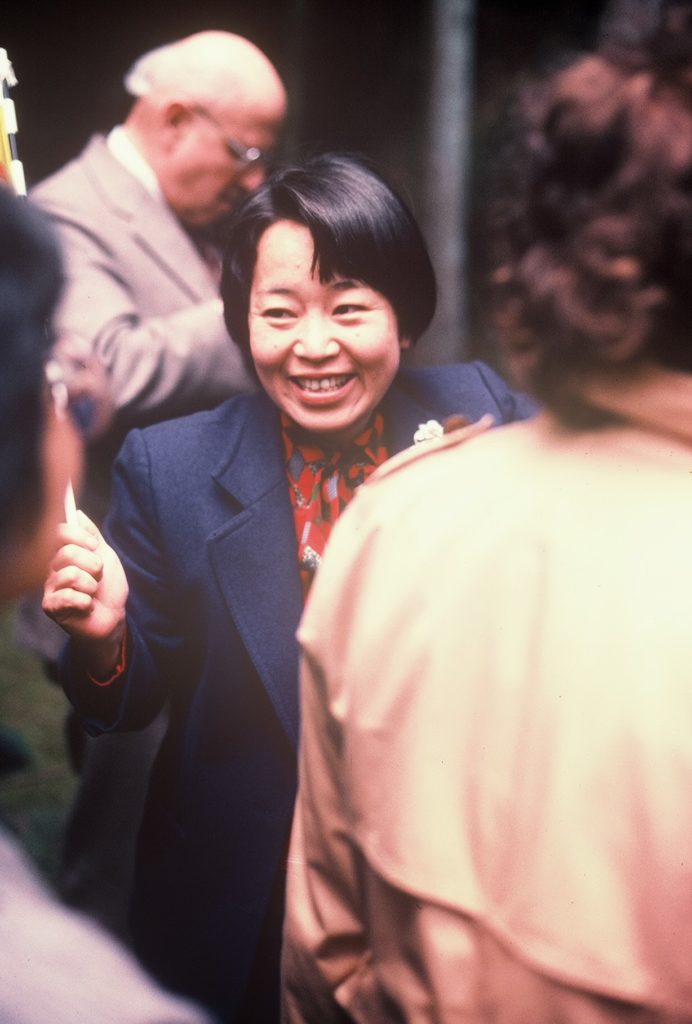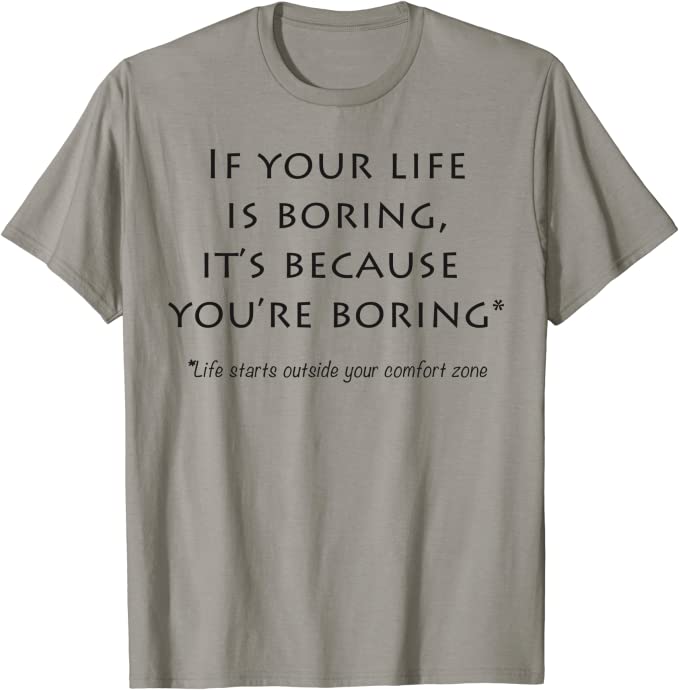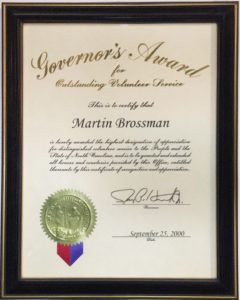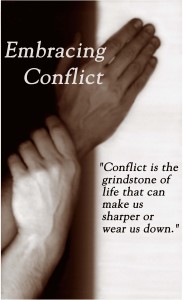I think my passion for small business really started with my father. One of the greatest joys of his career was the feeling of independence he experienced while working as a management consultant. His rate of pay was a hundred dollars per day, which was a big deal at the time. Another benefit to his independent job was that we got to spend time together. I was able to help him perform one of his job duties by assembling manuals, which is where I observed his passion for independent work. He enjoyed the feeling of being in charge of his own fate, even though he was responsible for everything associated with his business.
Even though these early experiences with my father planted the seeds of independent work in my mind, I realized I needed to get some work experience under my belt before that route would become feasible. During a period of time working as a manager of Radio Shack, I found myself wanting more out of life than that position could offer. As I wondered where to go next, it didn’t take long for me to zero in on IBM, because it seemed like the premier company to work for at the time. I soon discovered that my target position was laden with prerequisite work.
From the time I set my sights on IBM, it took me over four years to reach my goal. I attended classes at Wake Technical Community College and got accepted into a co-op program with IBM field service. By this point, my enthusiasm was running high, so I contacted IBM’s field service manager, Don Cate, repeatedly. I gave him updates about what I was learning and experiencing about every six months or so, saying “Hi, Don, I want you to know I’ve learned these skills since we last spoke, so when you hire me, I’ll be ready for you.”
Don finally answered my call one day, saying, “Martin, I’m either going to have to hire you or call the police. There’s just no other way about it!” I was understandably upset to hear that response, so I said, “Don, I really want to work there, but I don’t mean to be a burden to you, I only want to keep you updated.” He surprised me by chuckling, “no, I’m really calling you to give you a job. I want to bring you in on the project. I know we’re going to find a place for you after the project is over because I’ve never known anyone to pursue a job at IBM so relentlessly.”
Well, after seven years, I discovered that the corporate world was not right for me. IBM’s Human Resources offered to administer personality tests, so I took one of their Myers-Briggs type tests. The person who interpreted my results pointed out that for all the indicators of 90% of the IBM MERS, I did not overlap any of the points. These test results confirmed my feeling that I didn’t fit in that environment. I realized I had been suppressing my natural predilection toward independent thinking by working at IBM.
With this newfound clarity, I began studying Neuro-Linguistic Programming. While I was helping the teacher demonstrate techniques, one of my classmates noticed that I had a gift for coaching. She said that I seemed to have a talent for guiding people and helping them get what they want, and others in the room agreed with her. What a novel idea, I thought. In 1990-1991, when I began pursuing the idea, there were no certification programs devoted to personal or business coaching that I could find. However, my interest was piqued, so I started looking for people who were making a living as a coach.
I found some personal coaches and business coaches, and I hired them to teach me the ropes. I also remembered that my customers at IBM had often commented that the best part about working with me wasn’t my helping them with their computer problems, it was the advice I gave them about their lives. These customers’ comments gave me the validation I needed to see value in following this new path. It dawned on me that I have a good ear for hearing what people need to do next in order to move forward in their lives and I have a real passion for helping people live their dreams.
If you’re going to live your dreams, you have to make a good living to support those dreams. That’s what drove me to becoming a success coach. In 1995, I left IBM to start out on my own, using my side PC business to keep me afloat until I felt confident enough to sell it to a gentleman who maintained it for many years before he retired, having raised several children on its income.
Once I sold my side business, I devoted myself to building my business life coaching practice, which I call “success coaching.” My approach is based on the idea that real success comes from having integrity in both your personal life and your business life. I focused first on small business owners because they are closest to my heart and my practice grew from there. Here’s why I love working with small business owners: often in a large corporation, people can get lost in their efforts to manage the perception of some perceived indicators versus actually serving the customer who’s currently in front of them. The process of having to create real value for your individual small business customers creates a clear level of integrity. For example, if you own an ice cream shop, you’ve got to deliver a consistent quality of ice cream and service to keep customers happy enough that they’ll want to keep coming back and buy it from you again.
What’s so appealing to me about small and micro businesses is the intrinsic integrity involved in the enterprise. To illustrate what I mean, let’s pretend you have a coffee shop. No matter what kind of person you are, if you don’t deliver an honest cup of coffee and follow through with the integrity of taking care of your customers, you’ll go out of business. This is a grounding type of phenomenon that doesn’t occur as easily in the corporate world, only in micro or small businesses. I innately understand the dynamics and integrity of the small business world much better than how to manage a corporation’s stockholders’ short-term perceptions.
What’s more important than actually delivering a great product? What is best for the customer and then charging a fair rate that matches the value. So it’s a win-win for them, a win-win for me, in the sense of, I’ve got to make enough profit to keep going, getting involved in my clients’ businesses, working for many years on my practice. Then around 2006, I realized how much I love training.
Around this time, my friend David Williams was teaching around the state in the small business centers, and I started joining him on his trips. We had a great time together and I really enjoyed myself. At the end of one of the classes, I told him that I loved taking care of the participants and teaching them, and I could tell that he loved it, too. I remarked that I’d like to become more involved, so when he moved on to do other things, he let me take over the business of teaching and training. It felt like a gift to me, to be able to teach all over the state at the small business centers. I realized how critical it is to serve these small communities; we start from the ground up.
I’ve been teaching and training since 2008, and I’ve learned so much about what a wonderful state I live in. In keynote addresses all around the United States, I’ve spoken about what I’ve learned from my experiences teaching in North Carolina. I’ve seen many solutions arise from people falling in love with their communities, finding what’s great about them, and encouraging folks to buy from local small businesses instead of big corporations. My core mission became clear after doing a lot of personal development work, looking at what I wanted to commit my life to. Because being on this planet, focused on my needs alone, just being here to serve my own self-interests, didn’t seem meaningful enough to keep me interested.
It just didn’t. It’s like, “okay, then I get more toys, then they get things, is that it?” Not that I don’t enjoy technology and toys, of course I do, but that’s not enough. After I realized I needed more, I crafted the mission that oversees all of my life, which is to help people live lives that they love so much that on their own deathbed, when they reflect back over their entire life, they’re literally moved to tears by the life they live. The quality of their life was so exceptional, outstanding, beautiful, and fulfilling that they’re moved to tears by the life they lived. That only happens by giving to others. It doesn’t happen by just serving yourself. That’s the core mission of my life. I implement this through helping individuals, helping towns, helping businesses, helping communities, and having the gift of being part of their world.
Hear the full story in this
video: https://youtu.be/0kENSLPLxFQ











